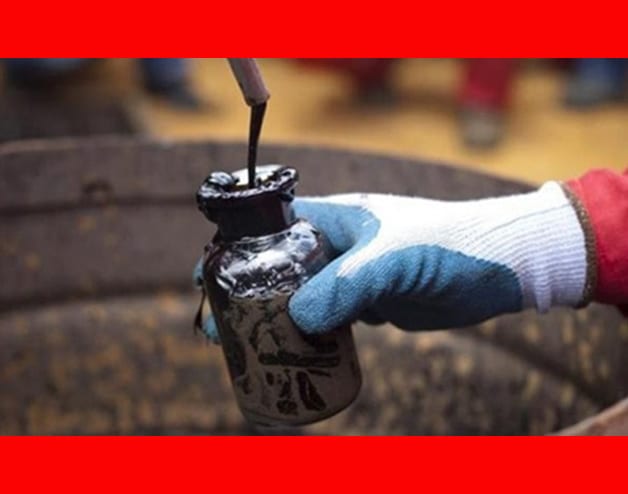Following ExxonMobil’s commercial discovery at the giant Liza field in the Stabroek Block offshore Guyana in 2015, it was confirmed that the oil found is of ‘high quality’. The term “High Quality” is commonly used to refer to crude oil which is sweet (low sulphur content) and light (high API gravity). This means oil which has been determined to rank higher on the American Petroleum Institute (API) Gravity Scale and determined to be of a low sulphur content.
This bodes well for Guyana as sweet light crude is the preferred type from which the highest value petroleum products are derived. However, it is important to note that the price of Guyana’s crude will be dependent on more than just its quality. More on this later.
Why is high-quality oil more in demand?
The market value of any given type of crude is in large part determined by the two main measured characteristics determining oil quality, which are density and sulphur content.
Crude oils are classified from light to heavy based on the API gravity scale and are classified as sweet if they contain less than 0.42%sulphur (NYMEX).
Crude Oil density is measured in API Gravity. This scale has become the recognized standard in the oil industry worldwide for the classification of crude oil. The calculation for API gravity of an oil is complicated but on the API Gravity scale which ranges from 0 to 50, crude oils with an API gravity greater than 10 are lighter than water and will float, while those with an API of less than 10 are heavier than water and will sink.
API gravity and sulphur content are important determinants of oil quality because heavy oils are harder and more expensive to produce or extract from reservoirs while high sulphur or sour crude is corrosive and requires more refinery processing to remove the sulphur and therefore produces more expensive gasoline and diesel.
The two best known Sweet Light Crudes are Brent (UK North Sea) and West Texas Intermediate (WTI). Venezuela has vast reserves of extra heavy crude while crude from Mexico with sulphur content greater than 3% is considered as sour crude.
The ExxonMobil reference to oil in the giant Liza Field as “high-quality oil bearing sands” means that the crude oil found in Guyana has been measured to have both a high API gravity (> 30) and a low sulphur content(< 0.5%). This is significant as it means that Guyana’s crude will flow easily from the reservoir rock to the producing well while the low sulphur means that the crude will be less corrosive on producing well and the cost of refining the oil will be lower.
While API gravity and sulphur content are the key indicators of oil quality and therefore fetches a better selling price compared to heavier more sour crudes, crude oil prices are often determined by more than these factors. Other factors include distance from markets, geopolitics, supplies of various types of crude versus the demand by refineries for those crude blends, market forces, future contracts among others. However, it is believed that in general Guyana’s oil should sell easily and be higher priced relative to other oils on the world market.





Very encouraging news.
Everything falling into place for some serious money here except of course the attitudes of certain naysayers that would for reasons of their own like to see Guyanese remain in poverty forever while they nitpick every single investment here. Guyana should thrive on the Exxonmobil investment and all it will take is good governance.
Indeed Matt